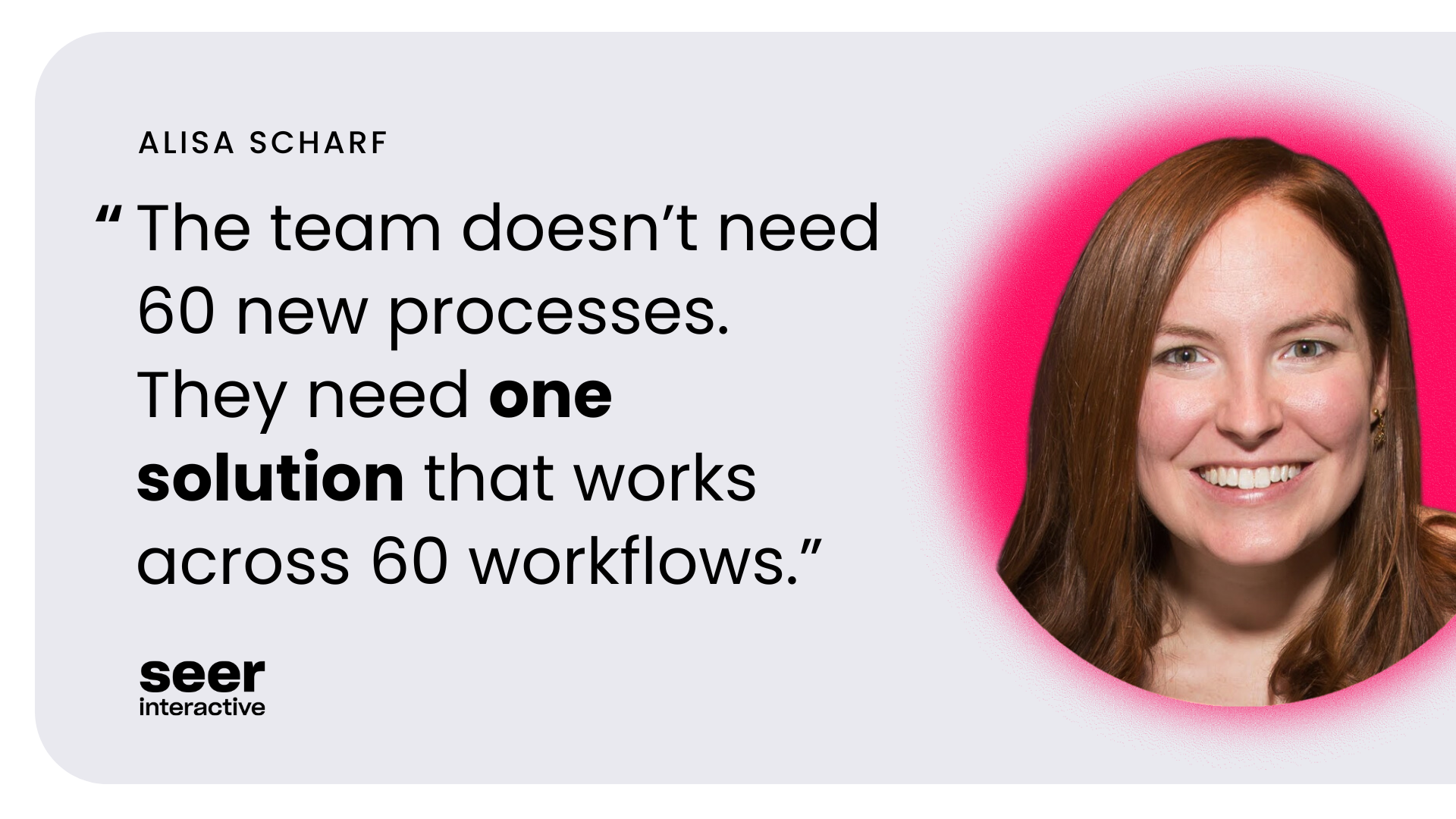What’s Happening to Cookies?
Like winter, the removal of (third-party) cookies is coming. While we know this affects digital marketing across the board, which marketers need to worry most?
Well... everyone!
In this post, we’ll walk you through:
- A brief history of privacy updates
- What are 1st and 3rd party cookies?
- Why this is such a big deal for marketers
- What actions companies are taking to offset the loss of cookies
- What your company should start doing, stop doing and continue doing
A Brief History of Cookies
Within just the last three years, there have been numerous updates to strengthen the privacy of users on the internet:
- May 2018: GDPR (European General Data Processing Regulation)
- December 2019: CCPA (California Consumer Privacy Act)
- March 2019: ITP2.1 (Apple’s Intelligent Tracking Prevention 2.1)
- June 2019: ETP (Firefox’s Enhanced Tracking Prevention)
- February 2020: SameSite (Google Chrome’s Security Update)
- July 2020: LDU (Facebook’s Limited Data Use Feature)
- November 2020: 7-Day Attribution (Facebook’s Move from 28-Day)
- January 2021: Apple iOS14 (Opt In Privacy Prompt)
- April 2021: CAPI (Facebook’s Conversion API Rollout)
- August 2021: Targeting Minors (Facebook & YouTube Policy Updates)
More and more browsers are moving away from third-party cookies, with Google planning to deprecate them sometime in 2022.
First vs. Third-Party Cookies
To understand this shifting landscape, you’ll have to know the difference between first-party and third-party cookies.
Why? Only third-party cookies are going away.
This puts an emphasis on the importance of first-party data once you lose the ability to track and target your audience via third-party cookies.
What are First-Party Cookies?
First-party cookies are created by the website you’re visiting.
This enables site owners to store user information to drive more personalized experiences for users. Some examples include:
- Remembering what you added to your cart when shopping
- Saved passwords
- Content topics browsed
What are Third-Party Cookies?
Third-party cookies are created by websites other than the one you’re visiting.
The data providers who collect third-party data then enable other companies to purchase it to enrich their own datasets or better target specific audience segments. Some examples include:
- Enabling remarketing
- Enabling frequency capping to not spam a user
- Tracking conversions
- A/B testing
- Ad fraud protection
Why It Matters for Marketers
As a marketer, you rely on the ability to measure your online campaign performance and make changes to your efforts based on third-party data.
You’ve done this for YEARS.
"What will you do when your CMO or Board asks about the ROI of your marketing efforts?"
You may also rely on tactics like remarketing. Or you have ad fraud software to ensure you’re receiving quality traffic from your search and display campaigns. None of these would be possible without third-party cookies in our current state.
But alternatives are being explored to continue to respect user privacy while maintaining great user experiences.
How Companies are Adapting
Many companies are testing new ways to replace third-party cookies with a more anonymous way of tracking, yet still effective. The intention is to respect user privacy and continue to create great user experiences.
Topics API for Privacy Sandbox
In early 2021, Google was testing interest-based cohorts called FLoCs (Federated Learning of Cohorts). However, as of March 2022 -- Google has announced pivoting away from that original plan toward "targeting using Topics" instead.
Learn more about this change and how it impacts interest-based advertising.
Unified ID 2.0
The Trade Desk, a demand side media buying platform, is leading the charge in developing Unified ID 2.0 (UID2.0).
UID2.0 is an open source framework that, in lieu of cookies, will leverage user’s anonymized email addresses via gaining consent by logging into a single specific website or app.
The Trade Desk suggests this approach is not only just more "privacy-first", but even more operable between devices and platforms - without increasing effort or frustration for users.
Here’s a more in depth introduction to UID2.0 directly from the Trade Desk.
Secure Private Advertising Remotely Run On Webserver (SPARROW)
Others, like Criteo, have similar proposals.
Criteo’s framework is called SPARROW which would still involve outside servers but it would be an independent third-party. This could keep user data more private and still enable features that could be lost completely with Google’s solution such as remarketing.
Neustar Fabrick™
Neustar launched Fabrick™. This isn't necessarily a replacement for third-party cookies, but they’re developing ways using offline data to improve your targeting in a cookie-less world.
What You Can Do to Prepare
We believe most companies should be focusing on their own, first-party data in preparation for privacy-first advertising.
While no one knows for sure exactly how these new solutions will play out, we know that things won’t stay the same as they are today.
At Seer, we like to use a Keep, Start, Stop framework for change management:
What should you KEEP doing?
What should you START doing?
What should you STOP doing?
Start Doing
- Educate your managers and key stakeholders on the importance of this change and its anticipated impact. Get buy-in now vs. scrambling later.
- Collect first-party data! You should be doing this already but if you’re not, there’s no time like the present!
- Evaluate the benefits of server-side tagging, in this case, namely migrating a lot of 3P cookies to 1P cookies vs. the investment of migration, implementation, and maintenance.
- Segment your customers - the future of targeting may only be as good as your own data. If you have all your customers lumped into the same segment, how will you personalize your targeting and messaging?
- Follow the latest industry updates on browsers, cookies, and data privacy here.
Keep Doing
- Use it before you lose it. Deploy strategies and tactics involving third-party cookies while you still can - for example, keep Remarketing in your toolbox for as long as possible!
Stop Doing
- Relying on others to solve this for you. The industry is pivoting with or without you - prioritize preparation to keep up (or get left behind!)
- Thinking things will never change. Whether we like it or not, our capabilities for targeting users and measuring online marketing efforts is evolving. If recent history is any indication of what’s ahead, there's no doubt about it - you can't ignore what's coming!
Want more resources on the pattern of privacy in digital marketing?
Subscribe below and don't forget to check out Seer's official Privacy Guide!



